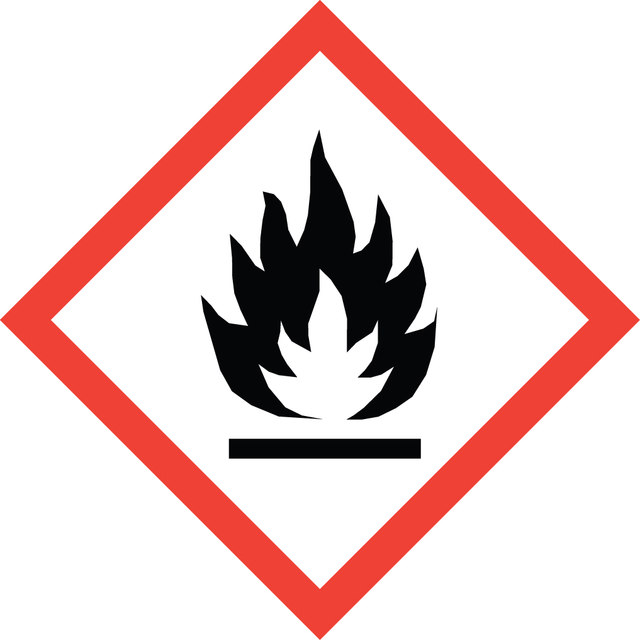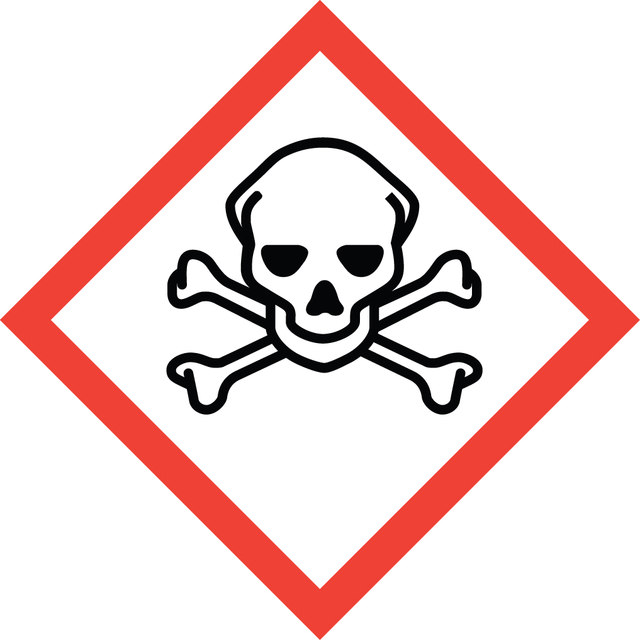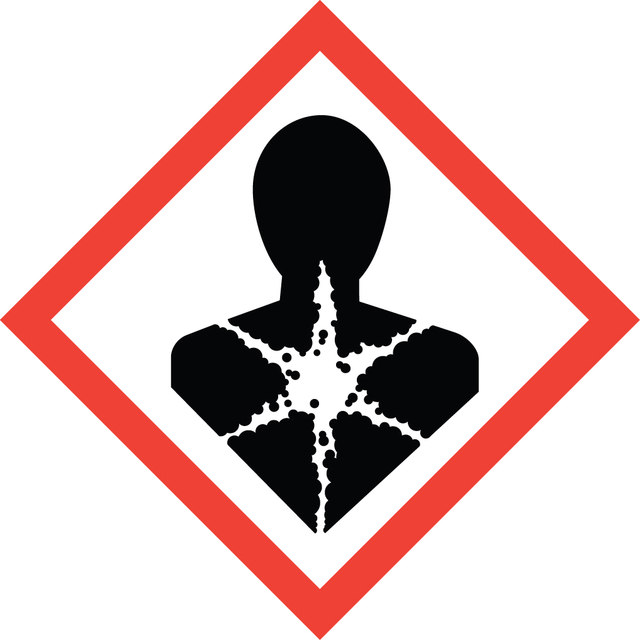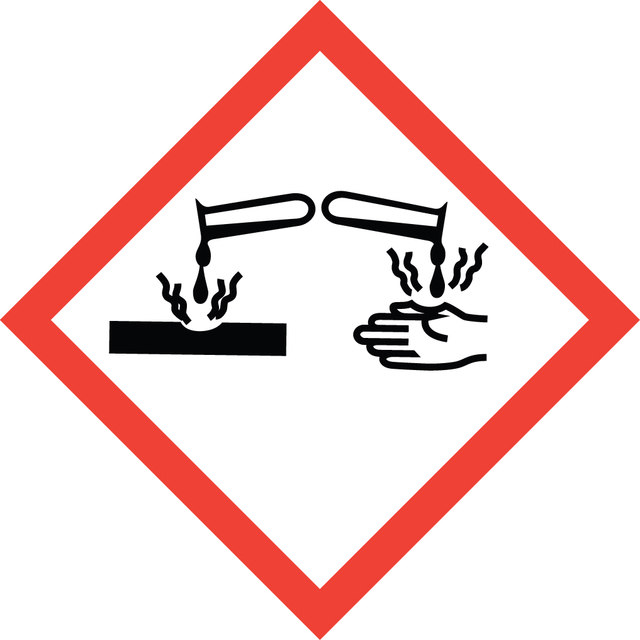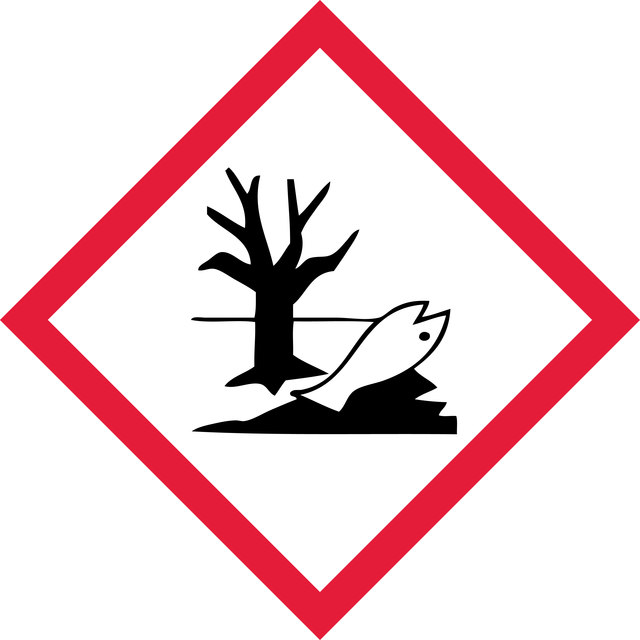Select a Size
About This Item
grade
technical grade
Quality Level
vapor density
5.4 (vs air)
vapor pressure
<0.03 mmHg ( 20 °C)
Assay
80%
form
liquid
reaction suitability
reagent type: oxidant
refractive index
n20/D 1.5210
bp
100-101 °C/8 mmHg (lit.)
solubility
ethanol: 1 mL/mL, clear, colorless to very faintly yellow
density
1.03 g/mL at 25 °C
functional group
hydroperoxide
phenyl
storage temp.
2-8°C
SMILES string
CC(C)(OO)c1ccccc1
InChI
1S/C9H12O2/c1-9(2,11-10)8-6-4-3-5-7-8/h3-7,10H,1-2H3
InChI key
YQHLDYVWEZKEOX-UHFFFAOYSA-N
Looking for similar products? Visit Product Comparison Guide
Related Categories
Application
Signal Word
Danger
Hazard Statements
Hazard Classifications
Acute Tox. 3 Inhalation - Acute Tox. 4 Dermal - Acute Tox. 4 Oral - Aquatic Chronic 2 - Asp. Tox. 1 - Carc. 1B - Eye Dam. 1 - Org. Perox. F - Skin Corr. 1B - STOT RE 2 Inhalation - STOT SE 3
Target Organs
Lungs, Respiratory system
Storage Class Code
5.2 - Organic peroxides and self-reacting hazardous materials
WGK
WGK 3
Flash Point(F)
174.2 °F
Flash Point(C)
79 °C
Personal Protective Equipment
Regulatory Information
Choose from one of the most recent versions:
Already Own This Product?
Find documentation for the products that you have recently purchased in the Document Library.
Related Content
Our team of scientists has experience in all areas of research including Life Science, Material Science, Chemical Synthesis, Chromatography, Analytical and many others.
Contact Technical Service